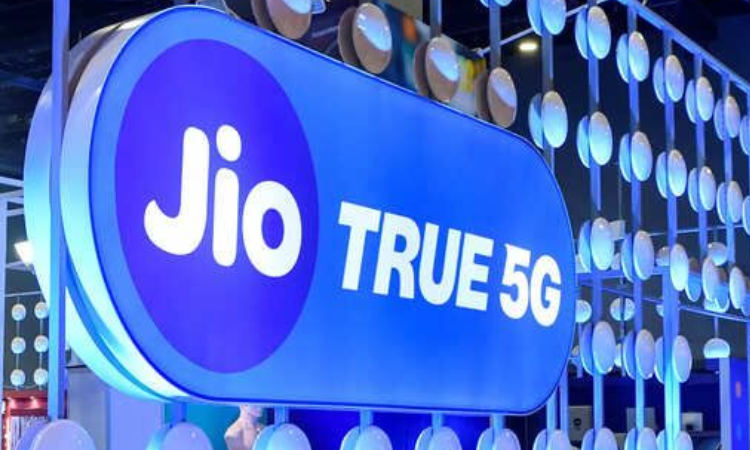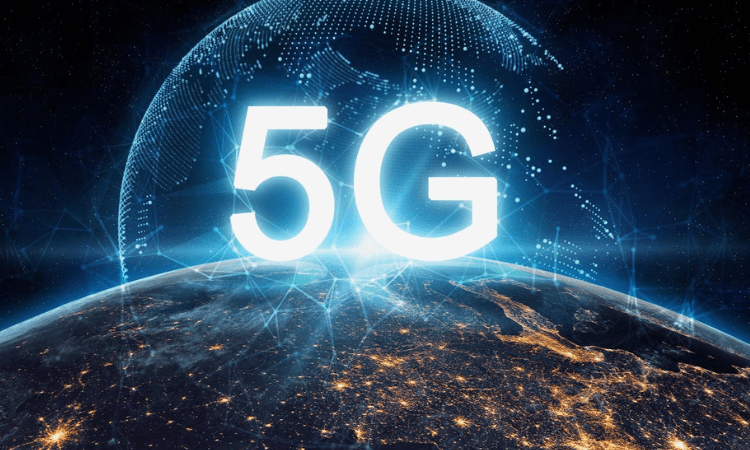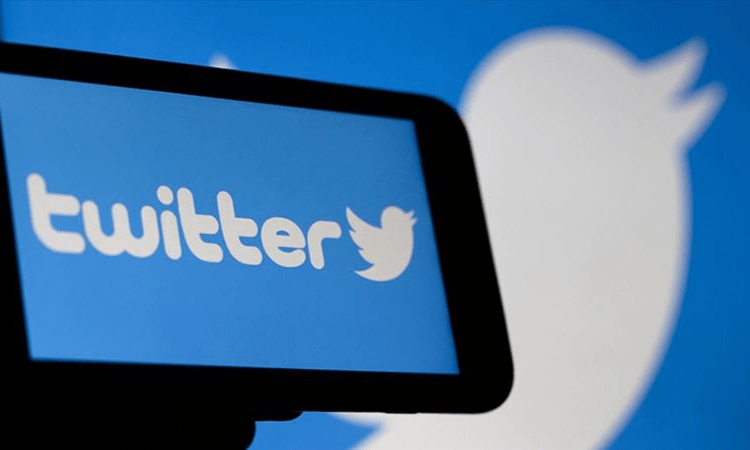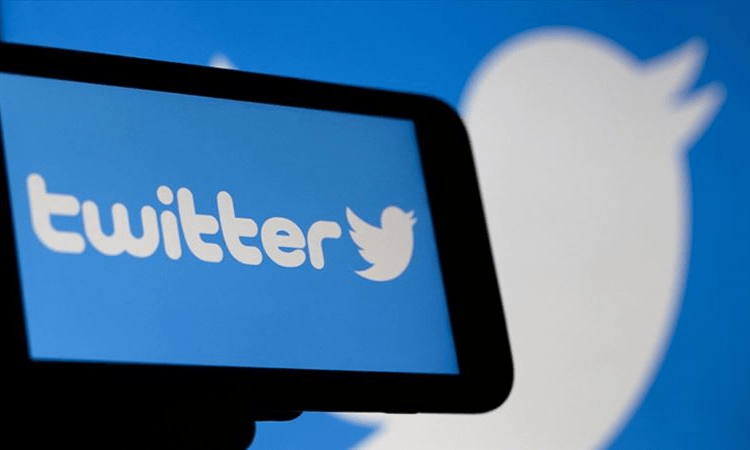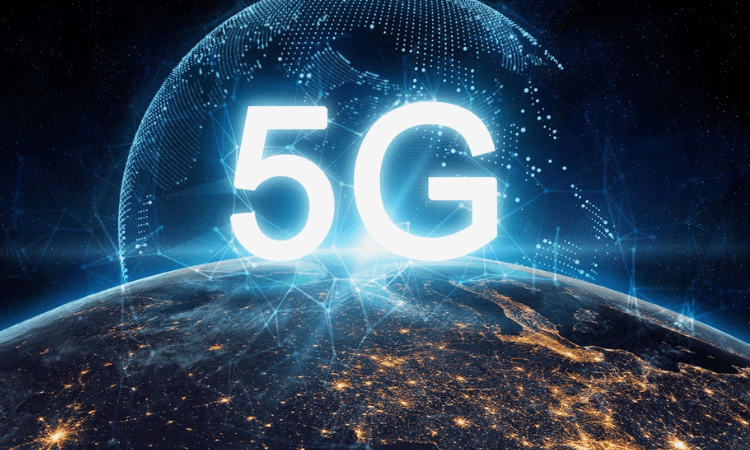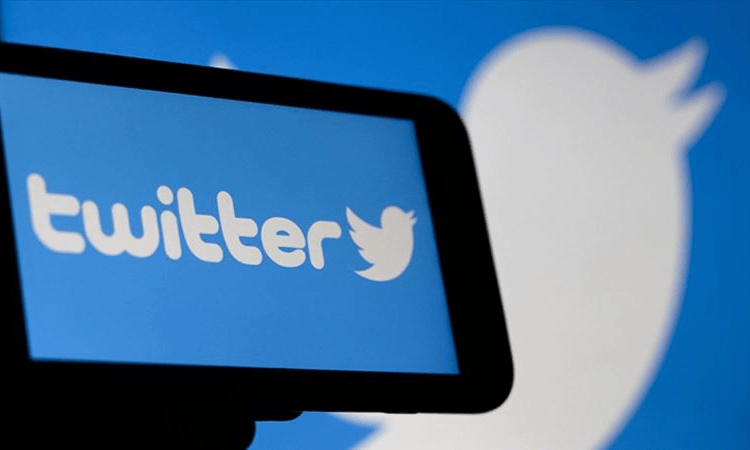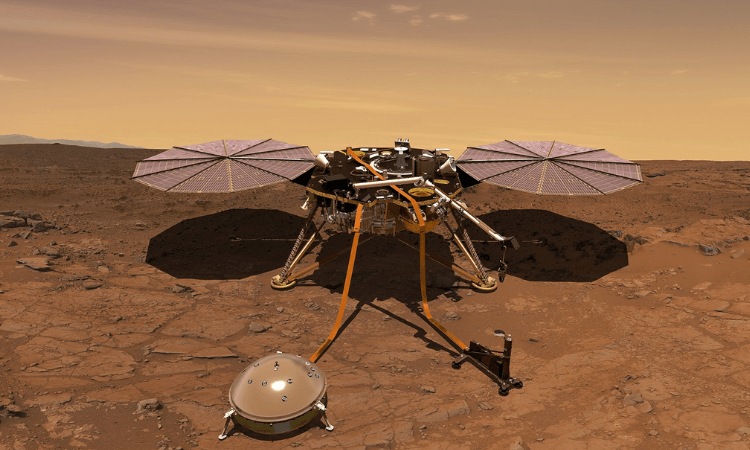More than 829 million cyber attacks were blocked during the fourth quarter (Q4) of 2022, globally, of which 59 percent of the websites were in India.
According to the application security company Indusface, the report mentioned a sharp rise in the intensity and frequency of DDoS and Bot attacks in Q4 compared to Q3.
“In this quarter, we saw almost 20 applications of a healthcare customer get targeted by DDoS attacks. We also saw a SaaS application hit with a 2TB attack. In both cases, the attacks were quickly thwarted with AI sending out anomaly alerts and a managed services team deploying surgical rules,” said Ashish Tandon Founder and CEO, of Indusface.
The report says that mid-market companies with revenues between $10 million to $1 billion have been subjected to 45 percent of the cyberattacks, and only 21 percent were large enterprises with over $1 billion in revenue.
Small businesses, on the other hand, accounted for 34 percent of attacks, implying that every business is vulnerable to such attacks.
However, the ability to create custom rules has stood out as a key enabler of cyber security.
On average, each enterprise deploys 48 custom rules, and 60 percent of all attacks were blocked using these custom rules, according to the report.
The report also highlights the increase in ‘virtual patching’ as a measure to protect applications at the Web Application Firewall level.
DDoS attacks affected 32 percent of all apps during the last 60 days of the observation period, said the report.
The top three segments vulnerable to the attacks were banking, insurance, and other finance companies, followed by IT services and manufacturing companies.
SaaS/IT products and Retail/e-commerce also have a decent representation of 9 percent each.
In terms of region, 59 percent of the websites were in India, with the remaining 23 percent in the US and Canada, the report added.



